
Aldous Leonard Huxley was an English writer and philosopher. His bibliography spans nearly 50 books, including novels and non-fiction works, as well as essays, narratives, and poems.

Brave New World is a dystopian novel by English author Aldous Huxley, written in 1931 and published in 1932. Largely set in a futuristic World State, whose citizens are environmentally engineered into an intelligence-based social hierarchy, the novel anticipates huge scientific advancements in reproductive technology, sleep-learning, psychological manipulation and classical conditioning that are combined to make a dystopian society which is challenged by the story's protagonist. Huxley followed this book with a reassessment in essay form, Brave New World Revisited (1958), and with his final novel, Island (1962), the utopian counterpart. This novel is often compared to George Orwell's 1984 (1949).

A hamadryad or hamadryas is a Greek mythological being that lives in trees. It is a particular type of dryad which, in turn, is a particular type of nymph. Hamadryads are born bonded to a certain tree on which its life depends. Some maintain that a hamadryad is the tree itself, with a normal dryad being simply the indwelling entity, or spirit, of the tree. If the tree should die, the hamadryad associated with it would die as well. For this reason, both dryads and the other gods would punish mortals who harmed trees.

The Water-Babies, A Fairy Tale for a Land Baby is a children's novel by Charles Kingsley. Written in 1862–1863 as a serial for Macmillan's Magazine, it was first published in its entirety in 1863. It was written as part satire in support of Charles Darwin's On the Origin of Species. The book was extremely popular in the United Kingdom and was a mainstay of British children's literature for many decades, but eventually fell out of favour in America in part due to its prejudices against Irish, Jews, Catholics, and Americans.
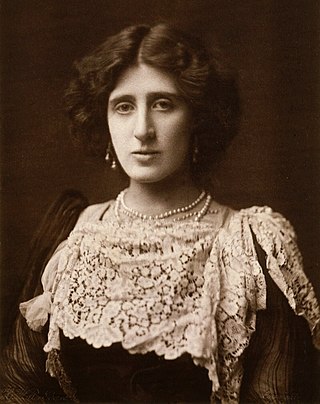
Lady Ottoline Violet Anne Morrell was an English aristocrat and society hostess. Her patronage was influential in artistic and intellectual circles, where she befriended writers including Aldous Huxley, Siegfried Sassoon, T. S. Eliot and D. H. Lawrence, and artists including Mark Gertler, Dora Carrington and Gilbert Spencer.

Leonard Huxley was an English schoolteacher, writer and editor.

Christopher William Bradshaw Isherwood was an Anglo-American novelist, playwright, screenwriter, autobiographer, and diarist. His best-known works include Goodbye to Berlin (1939), a semi-autobiographical novel which inspired the musical Cabaret (1966); A Single Man (1964), adapted as a film by Tom Ford in 2009; and Christopher and His Kind (1976), a memoir which "carried him into the heart of the Gay Liberation movement".

Garsington Manor, in the village of Garsington, near Oxford, England, is a country house, dating from the 17th century. Its fame derives principally from its owner in the early 20th century, the "legendary Ottoline Morrell, who held court from 1915 to 1924".
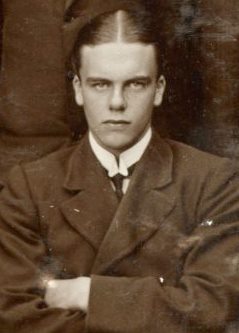
Anthony Berkeley Cox was an English crime writer. He wrote under several pen-names, including Francis Iles, Anthony Berkeley and A. Monmouth Platts.
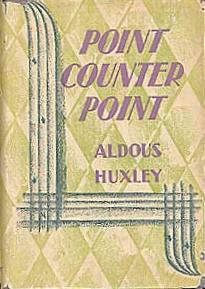
Point Counter Point is a novel by Aldous Huxley, first published in 1928. It is Huxley's longest novel, and was notably more complex and serious than his earlier fiction.
The Huxley family is a British family; several of its members have excelled in science, medicine, arts and literature. The family also includes members who occupied senior positions in the public service of the United Kingdom.
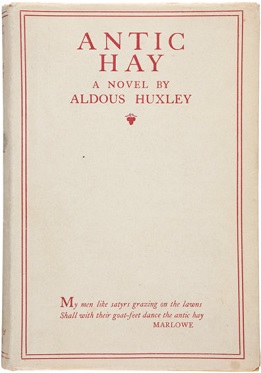
Antic Hay is a novel by Aldous Huxley, published in 1923. The story takes place in London, and gives a satiric depiction of the aimless or self-absorbed cultural elite in the sad and turbulent times following the end of World War I.
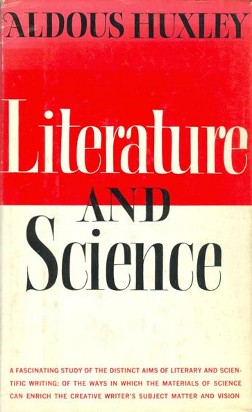
Literature and Science, published in September 1963, was Aldous Huxley's last book - he died two months after it was published. In it, he strives to harmonize the scientific and artistic realms. He argues that language is what divides the two realms and makes communication between them difficult. He analyzes the ways in which scientists and fiction writers use language differently to achieve their desired effects. Although he concedes that many differences in language use are inevitable, he urges both camps to seek mutual understanding and appreciation. He directs his argument primarily to fiction writers: "Whether we like it or not,” he tells them, “ours is the Age of Science."

The Albany, or correctly, Albany, is an apartment complex in Piccadilly, London. The three-storey mansion was built in the 1770s and divided into apartments in 1802.

After Many a Summer (1939) is a novel by Aldous Huxley that tells the story of a Hollywood millionaire who fears his impending death. It was published in the United States as After Many a Summer Dies the Swan. Written soon after Huxley left England and settled in California, the novel is Huxley's examination of American culture, particularly what he saw as its narcissism, superficiality, and obsession with youth. This satire also raises philosophical and social issues, some of which would later take the forefront in Huxley's final novel Island. The novel's title is taken from Tennyson's poem Tithonus, about a figure in Greek mythology to whom Aurora gave eternal life but not eternal youth. The book was awarded the 1939 James Tait Black Memorial Prize for fiction.

Men Like Gods (1923) is a novel, referred to by the author as a "scientific fantasy", by English writer H. G. Wells. It features a utopia located in a parallel universe.
Literary Taste: How to Form it is a long essay by Arnold Bennett, first published in 1909, with a revised edition by his friend Frank Swinnerton appearing in 1937. It includes a long list of recommended books, every item individually costed.
Literature of the 20th century refers to world literature produced during the 20th century.

The following bibliography of Aldous Huxley provides a chronological list of the published works of English writer Aldous Huxley (1894–1963). It includes his fiction and non-fiction, both published during his lifetime and posthumously.















